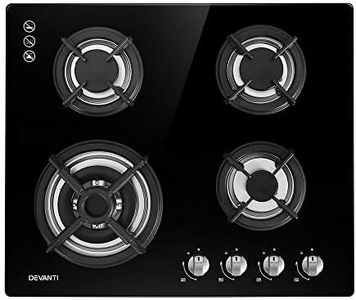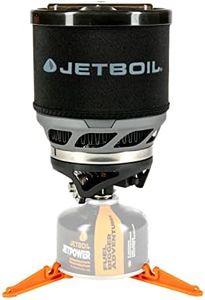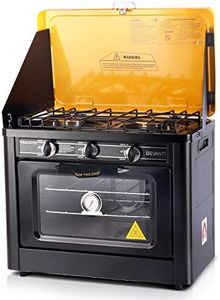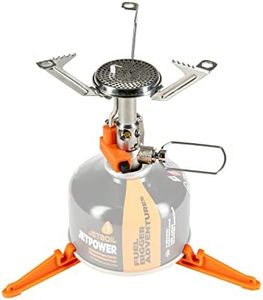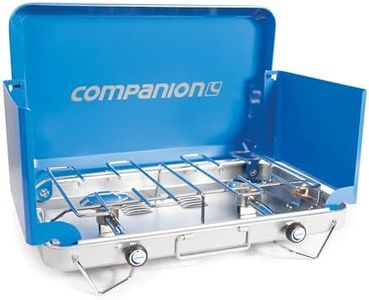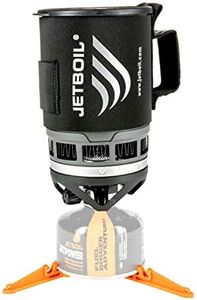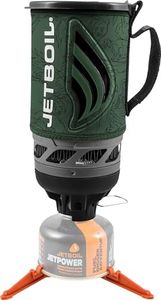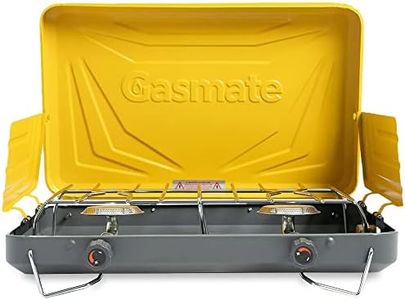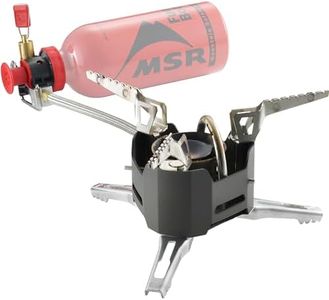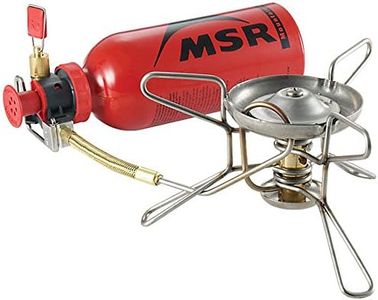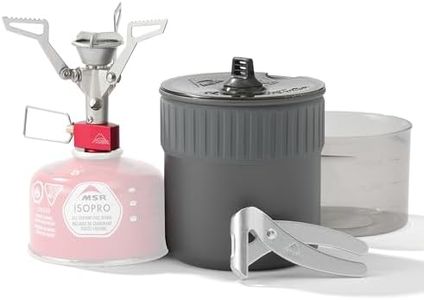We Use CookiesWe use cookies to enhance the security, performance,
functionality and for analytical and promotional activities. By continuing to browse this site you
are agreeing to our privacy policy
10 Best Portable Gas Stoves
From leading brands and best sellers available on the web.Buying Guide for the Best Portable Gas Stoves
Choosing a portable gas stove is all about understanding how you plan to use it and matching the features to your needs. Whether you’re camping, cooking outdoors, or preparing for emergencies, you’ll want a stove that’s reliable, safe, easy to use, and easy to carry. Make sure to think about how many people you’re cooking for, what types of meals you’ll be preparing, and the typical conditions where you’ll be using the stove. This approach will help you narrow down the many options to the best fit for you.Fuel TypeThe type of fuel a portable gas stove uses is crucial because it determines availability, convenience, and performance in different environments. Common fuel types include butane, propane, or a mix of both. Butane canisters are compact and easy to use, making them ideal for short camping trips or tailgating, but may not perform well in cold temperatures. Propane is more versatile and reliable in various weather conditions and is often used for longer outings or higher altitudes, though the tanks can be bulkier. Consider where and when you’ll be using your stove most often to decide which fuel type will be the easiest and most practical for you to manage.
Number of BurnersThe number of burners affects how much food you can cook at once and what kinds of meals you can prepare. Single-burner stoves are lightweight and simple, ideal for solo adventurers or those who prioritize portability over cooking big meals. Double-burner stoves allow you to cook multiple items at the same time, which is useful for families or group outings, but they can be larger and heavier. Choose based on the size of your group and the type of meals you expect to cook—if you just need to boil water or heat simple dishes, a single burner may suffice. For more complex meals or group cooking, a two-burner option will serve you better.
BTU OutputBTU (British Thermal Unit) measures the heat output of a stove, which influences how fast and efficient it is at cooking food. Lower BTU stoves (around 5,000-8,000 BTUs per burner) are more fuel-efficient and ideal for simple cooking tasks, like boiling water or reheating meals. Stoves with higher BTU ratings (10,000 or more per burner) heat up faster and can better handle tasks like grilling or frying, but may use more fuel. Think about your typical meals—if you need quick boiling or plan to cook in windy, cold conditions, opt for more BTUs; for basic chores and longer trips, lower BTUs conserve fuel.
Weight and SizePortability is one of the main reasons to choose a portable gas stove, so weight and size are important. Lighter and more compact stoves are easier to carry and pack, making them perfect for backpackers or anyone concerned with space. Larger stoves, though heavier, often offer more cooking space and extra features, which may benefit car campers or those traveling in larger groups. Match the weight and size of the stove to how you’ll carry it and the storage space you have available.
Ignition SystemThe ignition system determines how easy it is to start your stove. Many stoves have a built-in push-button (piezo) igniter that sparks the stove to life without matches or lighters, which is very convenient and safer for most users. However, some require manual lighting. Built-in igniters are great for convenience and quick starts, though they can wear out over time. Decide if you prefer a plug-and-play ignition or don’t mind bringing matches or a lighter as a backup.
Wind ProtectionWind can cause your stove to lose heat and perform poorly outdoors. Some stoves come with built-in windshields or side panels that help block gusts and keep the flame steady. If you plan to cook in exposed areas or windy conditions, choose a stove with good wind protection to ensure efficient cooking and fuel use. Otherwise, if you’ll be in sheltered spots, this feature may be less critical.
Stability and Safety FeaturesA stable base and solid construction reduce the chance of tipping over, which is important for both safety and ease of cooking. Features like non-slip feet, locking gas canisters, and automatic shut-off in case the flame goes out are all important for peace of mind. If you’ll be cooking on uneven ground or around children and pets, look for enhanced stability and built-in safety mechanisms to keep your experience worry-free.
Ease of CleaningBeing able to clean your portable gas stove easily helps keep it working well and extends its life. Some stoves have removable grates or drip trays that contain messes and come off for quick washes. If you’re on long trips or cooking messy meals, an easy-to-clean design will save you time and trouble after meals.

